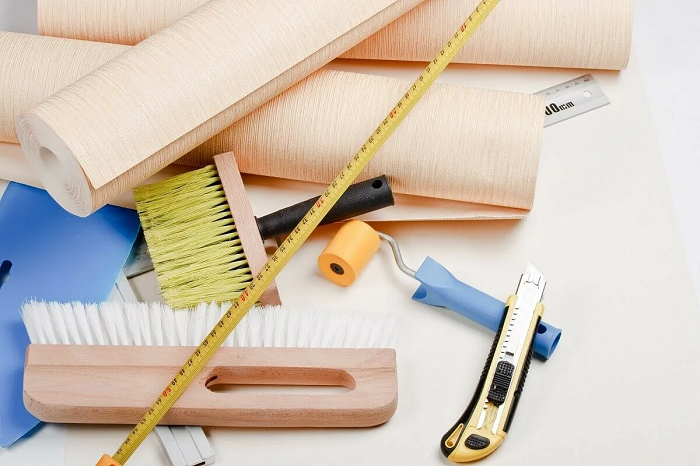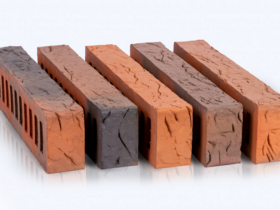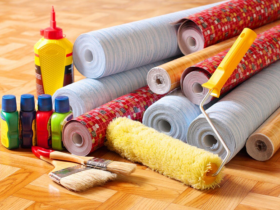It’s good to have a ready-made design project for final finishing. If there is none, then it will be more difficult to estimate how many materials are needed and what can be used to replace them if necessary.
For example:
If you live indoors all year round, then it is better not to choose MDF panels and plastic. Despite the high class of these materials in current production, they are still not among the most fire-resistant and environmentally friendly.
It is best to also pay attention to the class of the material – any packaging will be marked with the letter “E” and a number. Everything that does not have a value equal to “1” refers to materials not for residential premises (“E3” is not used at all in a residential building).
Under no circumstances should products be used for external cladding inside houses (this is not only impractical, but also harmful).
For foam block construction, the option of finishing with plasterboard from the inside is the only correct one.
Under certain conditions (unpretentiousness, first of all), it is possible to decorate the ceiling, floor and walls with the same material. At the same time, it is worth knowing that slatted materials are best suited for such use; you can immediately finish the wall and ceiling with them, but tiles, for example, for the floor and wall should have different densities and abrasion resistance.
Thermal insulation, treatment against fungus, moisture and mold are carried out before the immediate finishing of the internal walls of the house, regardless of the characteristics of the laid material that will go on top.
Materials for finishing walls inside the house, such as wallpaper, tiles or paint, will require careful initial preparation and alignment of the walls. If this is not possible, it is better to turn your attention to sheet materials.
When choosing a putty, it is worth assessing not only the work, but also the approximate time for drying of all the required layers (application will most likely require more than one pass).
For use in wet areas (for example, a bathroom), you should not use the same options as in residential areas. There are higher requirements here.
For those rooms where daily use is expected, associated with mechanical contamination (for example, a kitchen or hallway), it is better to think in advance about the issue of additional cleaning of the surface. You should not choose finishes with patterns or corrugations. Most likely, it will look very nice, but will be difficult to clean.
Wooden coverings will require a room with stable humidity and temperature levels all year round.









